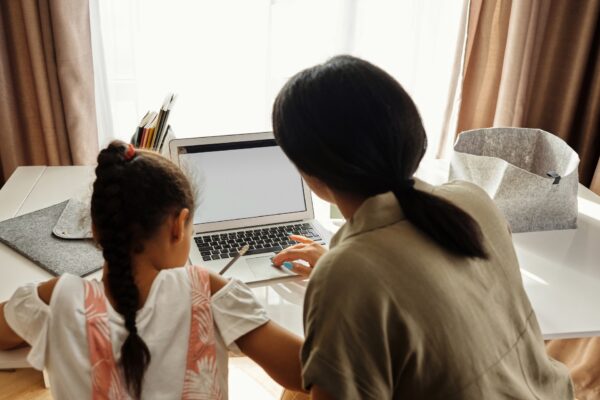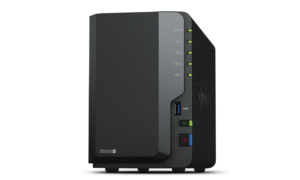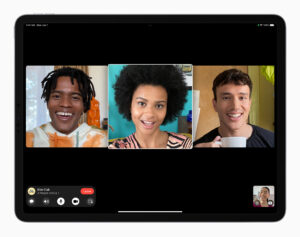
PHOTO: August de Richelieu from Pexels
In the past week or so, I’ve been racking my brains trying to find a tablet or laptop that would be a good fit for my primary school-going daughter.
These past six months have opened my eyes to how much time students in Singapore, even young ones, spend on digital devices for their education.
And this is not just the home-based learning that’s been caused by the pandemic. Many lessons today require an online element, from interactive Koobits exercises prescribed by schools to private Maths or Science lessons delivered over Zoom or other apps.
As a tech geek, I can boast that none of the technologies seem new. As a parent, though, the challenges of ensuring the right amount of screen time and providing the guidance needed to use such devices are rather more humbling.
And thus came the question of what new device I should let this lower primary school student have, since it’s something she needs almost every day.
The young girl has been using her mother’s old Microsoft Surface Pro, a 2-in-1 laptop that is particularly user-friendly because of its touchscreen and portability. It’s also got a still-zippy Intel Core i5 processor.
Now that my wife wants her laptop back since she is spending more time at home, should I get the daughter an Android tablet, a Chromebook or a proper Windows laptop?
Price was an issue, of course, because I didn’t intend to buy a shiny new toy. That said, I didn’t want a limited device that couldn’t do more than just surf the Web.
Perhaps more challenging is managing the devices. Yes, I know I can set limits on time and Web access on my router or even set up parenting software, but these just add to the complexity of the network at home. Plus, they are not foolproof.
How do you, for example, control the e-mail that comes into, say, an Android tablet, since you need a Google account to get your apps? Do I need to regularly check on that account?
Spam is one thing. Adult content, another. I’ll be honest, I had always thought such worries were only for parents who were not digitally savvy. As I found, being a geek sometimes makes things harder, because you think you know so much (but you don’t).
At first, I was intrigued by a full-fledged Windows laptop with a 13.5-inch screen, like Microsoft’s new Surface Laptop 4.
Yes, a decent deal for S$1,499 for the base model but it was a little out of my budget. Plus, it was pretty large for a small kid to carry around. I had to stop thinking of myself as a user.
What about a Samsung tablet? The 128GB Galaxy S6 Lite was lighter and seemed to fit the budget better at about S$500 on Amazon but it had a smaller 10-inch screen and you still needed to buy a keyboard cover.
In the end, I did what all parents do – ask other parents. The common advice I got was that it might be too early to give a child his or her own device at this age. Ownership brings responsibility, after all.
Is she ready for it? Looking at the toys strewn all over the house on a typical weekend, I changed my mind.
To accomplish her assignments, I can let her use my Dell laptop. Though three years old, it was a top-of-the-line 13-incher and it’s still fast. It’s also portable because it’s small enough to carry around at home. Sharing is caring.
More importantly, since it’s my laptop, it’s easy to control how much screen time is allowed. Plus, I won’t have to explain to her younger brother why he isn’t getting his own device!
So, with that problem solved, what I need to do next is set up a new profile on my laptop. This way, this new user won’t mess up my files and change settings unnecessarily.
As I’ve told my geeky pals, some of whom are IT engineers, there’s no digital shortcut to parenting. Simply cutting off network access to YouTube on a router might work for a while but there has to be a reason why.
It takes more effort and is more annoying when you have to nag at your kids to switch off the TV before meal time but I keep telling myself these are reminders to do the right thing. They are important.
Now, sharing a laptop with my daughter should give me opportunities to teach and explain stuff. Yes, this is the harder route, as I’m learning as well.






